Timeline of the Marshall Plan, GMF, and Key Moments in the Transatlantic Relationship
What became known as the Marshall Plan provided humanitarian and economic assistance to millions, strengthening fragile democracies and increasing economic prosperity. The German Marshall Fund of the United States honors this history and seeks to uphold this great and noble adventure every day.
When the Marshall Plan celebrates its anniversary, so do we. Fifty years ago, in 1972, GMF was created with a gift from the German government to thank the American people for the Marshall Plan. At GMF, we apply the lessons of history while embracing the potential of the future, building transatlantic connections, developing new leaders, advocating for democratic values, and positioning the transatlantic relationship for future success.
- 1947
- 1948
- 1949
- 1950
- 1951
- 1953
- 1955
- 1957
- 1959
- 1970
- 1972
- 1980
- 1981
- 1982
- 1984
- 1989
- 1991
- 1992
- 1997
- 1999
- 2001
- 2003
- 2006
- 2008
- 2016
- 2020
- 2021
- 2022
1947 - Europe in Trouble
A severe winter and a ruined planting season compound the devastation of World War II, bringing Europe to the brink of economic collapse.
President Harry S. Truman appoints General George Marshall.
Arthur Vandenberg is appointed chairman of Senate Committee on Foreign Relations. Senator Vandenberg, a Republican, is the Truman administration’s key ally in building bipartisan support for the European Recovery Program.
A US policy to defend against the spread of communism on the international stage, known as the Truman Doctrine, is announced in a speech to Congress in March.
Secretary of State Marshall announces a plan for European recovery in a commencement address at Harvard University on June 5.
Assistant Secretary of State Dean Acheson and European Recovery Program (ERP) administrator Paul Hoffman began traveling the country to promote the Marshall Plan. The recovery of European markets was key to US economic growth.
The first shipment of goods and food donated by Americans arrives in Le Havre, France, in December, a precursor to the official ERP aid that would follow.
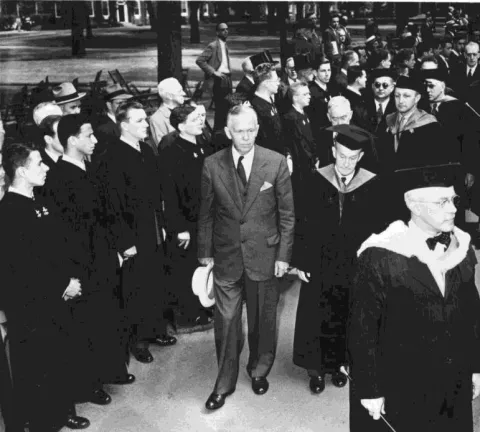
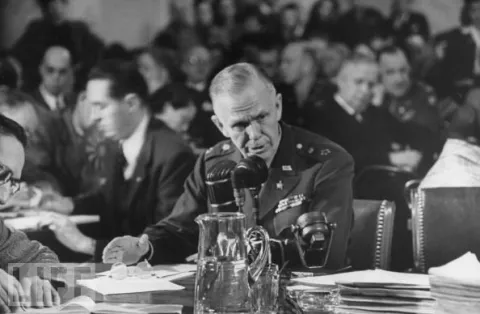
1948 - Economic Recovery Act
Congress passes the Economic Cooperation Act, which authorizes the Marshall Plan, on April 2. President Truman signs it the next day.
The Berlin airlift begins on June 26, with American pilots flying vital goods into the blockaded West Berlin.

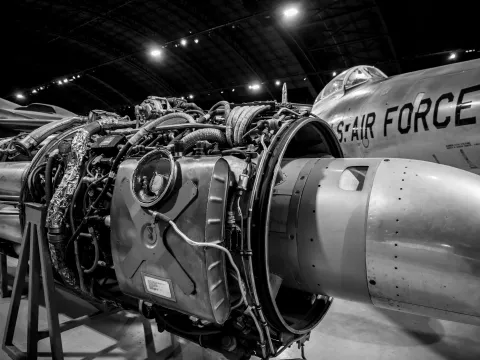
1949 - The Founding of NATO
NATO is founded on April 4 to provide for the collective security of Western allies.
Back to top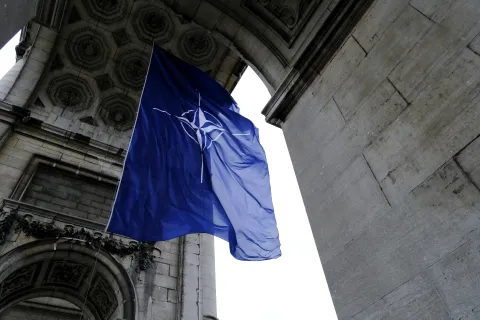
1950 - Marshall Plan Poster Contest
To foster support for the Marshall Plan, a poster contest is held across Europe. The winner: All Our Colours to the Mast, by Dirksen Reyn.
Back to top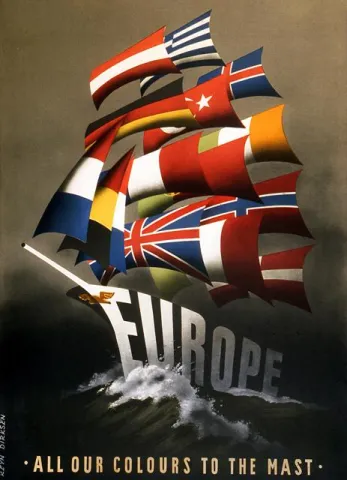
1951 - America and the Korean War
The escalation of the Korean War causes the Marshall Plan to end on December 31, six months ahead of schedule.
Back to top
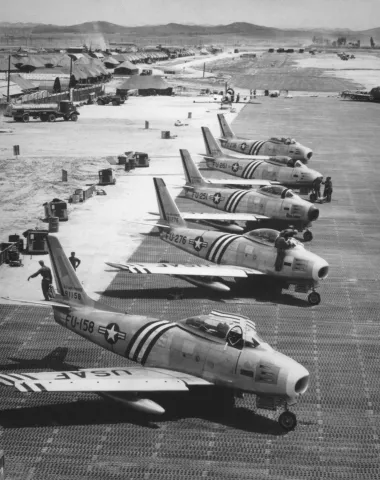
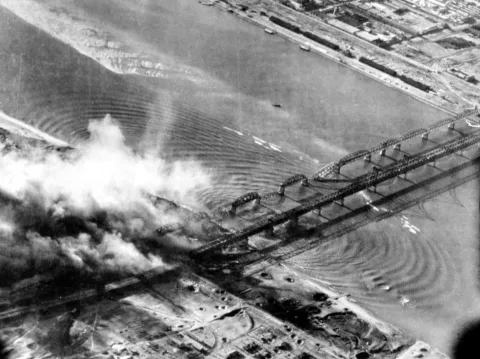

1955 - Building Diplomacy
The United States and West Germany establish diplomatic ties and the Butler Mansion at 1744 R St becomes the West German Mission to the United States.
Back to top
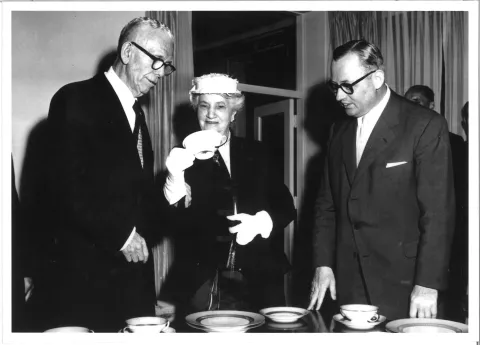
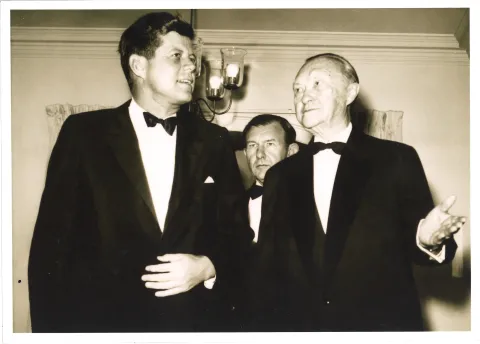
1957 - Treaty of Rome
The Treaty of Rome initiates the European Economic Community, the European Union’s precursor.
Back to top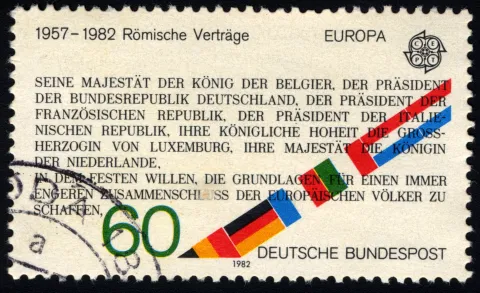
1970 - Goldman Meets Moeller
GMF founder Guido Goldman’s meets with GMF finance minister Alex Moeller for the first time.
Back to top
1972 - Introducing the German Marshall Fund of the United States
The creation of the German Marshall Fund is announced in a speech at Harvard University by Germany’s Chancellor Willy Brandt, outlining GMF’s mission of strengthening transatlantic cooperation in the spirit of the Marshall Plan.
Back to top



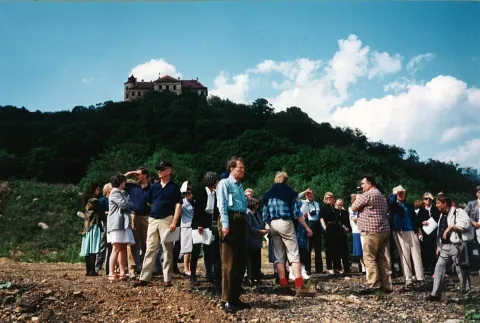
1981 - Building New Institutions
The Peterson Institute is founded at GMF.
GMF gets new president, Frank E. Loy (1981–1995).
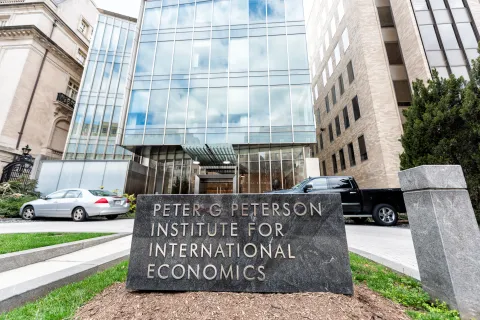

1984 - Acid Rain
GMF assembles a study tour in the Black Forest in Germany to research acid rain.
Back to top

1989 - Fall of the Berlin Wall
The fall of the Berlin Wall inaugurates a new era of transatlantic cooperation.
Back to top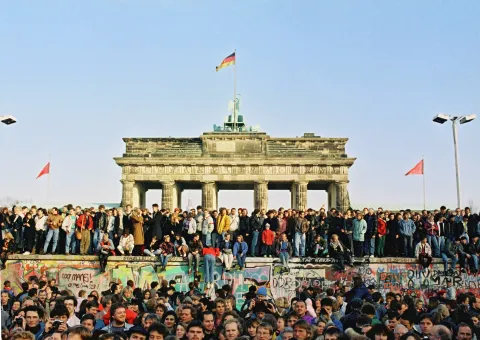
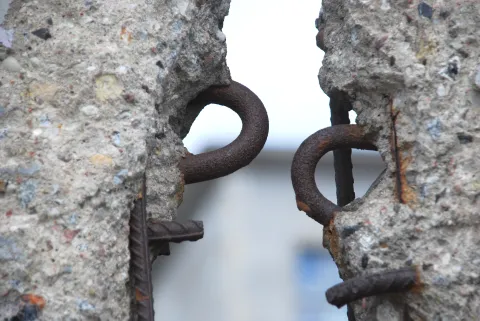
1992 - Founding the European Union
The European Union is founded with the signing of the Maastricht Treaty.
Yugoslavia is dissolved.
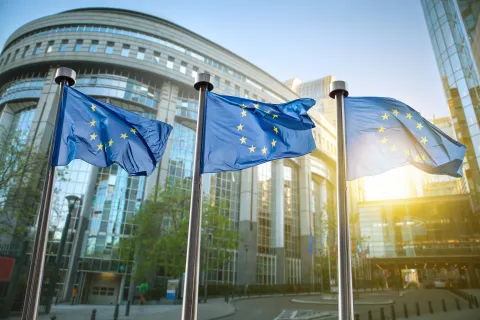
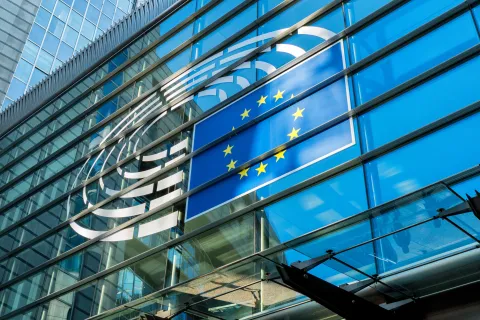
1997 - NATO Enlargement
Poland, Hungary, and Czechoslovakia join NATO. GMF’s Ron Asmus is a key figure in shaping the policy of NATO enlargement.
Back to top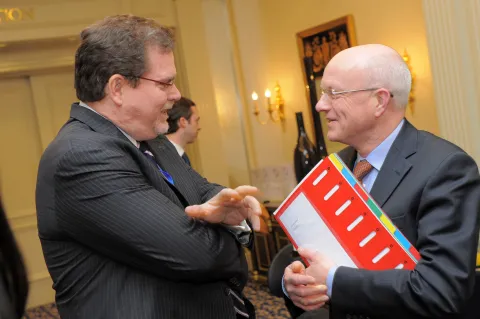
1999 - Introducing the Euro
The euro is adopted, replacing national currencies in much of Europe.
Back to top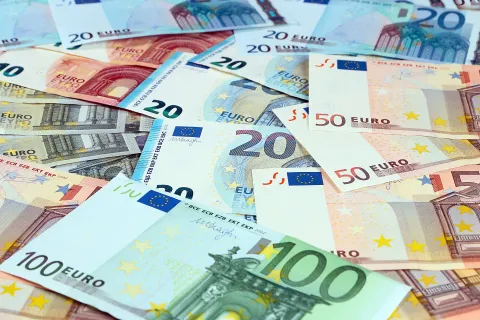
2003 - GMF's New HQ
The Balkan Trust for Democracy is founded, setting the stage for GMF trusts and civil society.
GMF moves into its iconic headquarters at 1744 R St in Washington, DC.
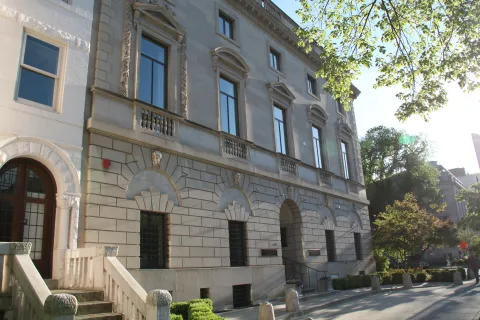

2006 - The First Brussels Forum
GMF convenes the first Brussels Forum.
A young Emmanuel Macron journeys to the United States as a Marshall Memorial Fellow.
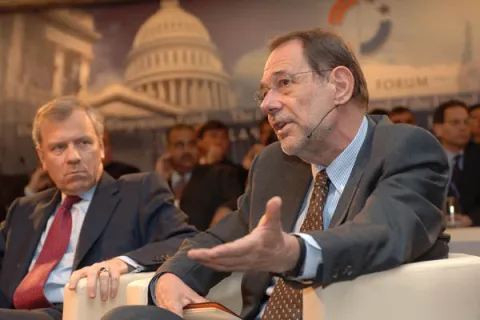

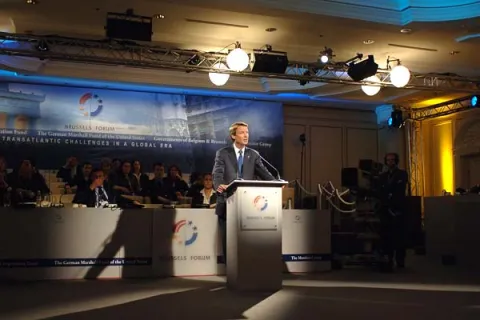
2008 - Climate Action
GMF hosts a transatlantic climate conclave, marking its transition from grant-maker to policy-shaper.
Back to top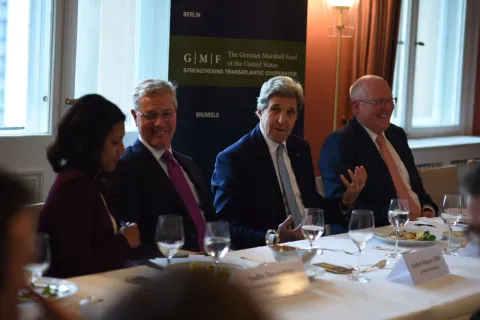
2016 - Brexit and Trump
Britain departs the European Union and Donald Trump is elected US president, challenging the security and trade ties at the heart of the transatlantic relationship.
Back to top
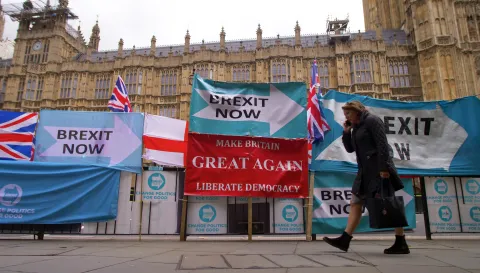
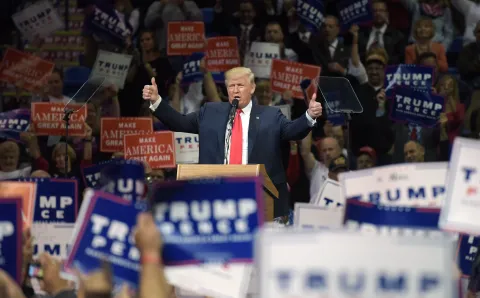
2020 - GMF Leaders Join Biden Administration
Joe Biden is elected US president and numerous GMF leaders join his administration: GMF President Karen Donfried is nominated as Assistant Secretary of State for European and Eurasian Affairs; EVP Derek Chollet is named Counselor of the US Department of State; Reta Jo Lewis is appointed to chair the Export-Import Bank; Julie Smith is appointed Ambassador to NATO; and Laura Rosenberger is appointed Senior Director for China and Taiwan on the National Security Council.
Back to top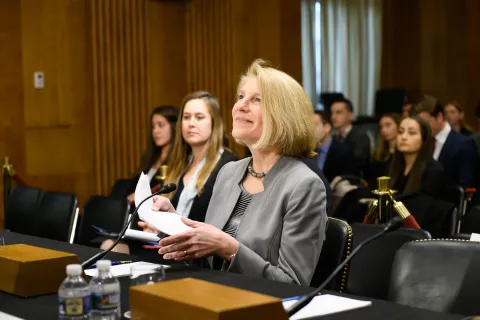
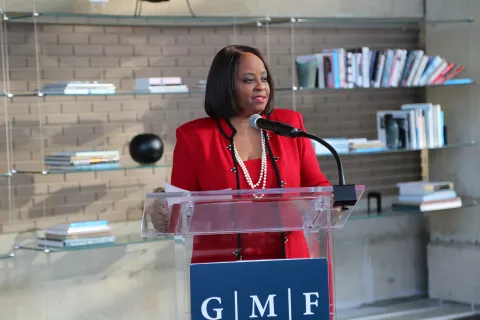
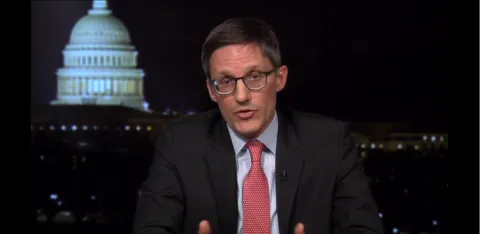
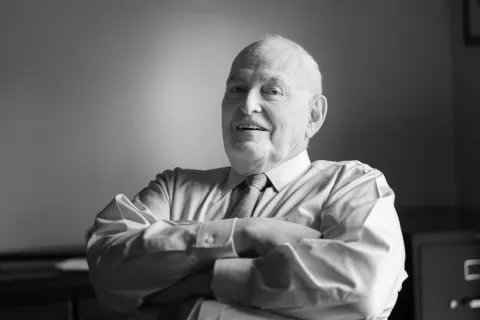
2022 - A New GMF President and Russia Invades Ukraine
Heather Conley becomes 6th president of GMF.
Russia’s invasion unites the transatlantic community in support of Ukraine. GMF focuses its policy work and civil society and leadership networks on responding to the crisis caused by the war.
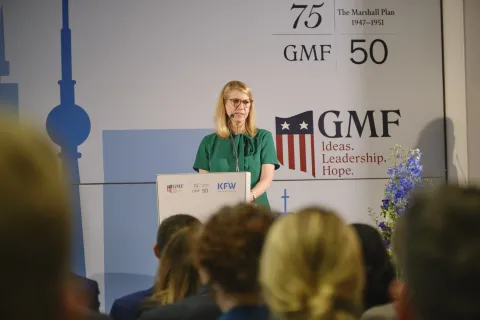
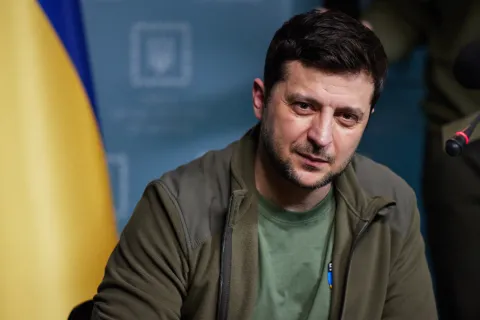
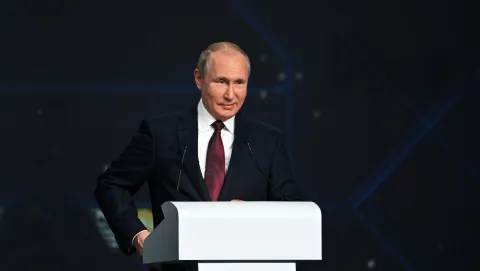
Photo Credits
1948
- Photo credit: M4Productions / Shutterstock.com
- Photo credit: Mo Photography Berlin / Shutterstock.com
1949
- Photo credit: Alexandros Michailidis / Shutterstock.com
1951
- Photo credit: Everett Collection / Shutterstock.com
- Photo credit: Everett Collection / Shutterstock.com
- Photo credit: Everett Collection / Shutterstock.com
1957
- Photo credit: tristan tan / Shutterstock.com
1980
- Photo credit: William Perugini / Shutterstock.com
1989
- Photo credit: Lois GoBe / Shutterstock.com
1992
- Photo credit: artjazz / Shutterstock.com
- Photo credit: carlo deviti / Shutterstock.com
2016
- Photo credit: Alexandros Michailidis / Shutterstock.com
- Photo credit: M. W. Hunt / Shutterstock.com
- Photo credit: Matt Smith Photographer / Shutterstock.com
2022
- Photo credit: Photographer RM / Shutterstock.com
- Photo credit: Luca Perra / Shutterstock.com